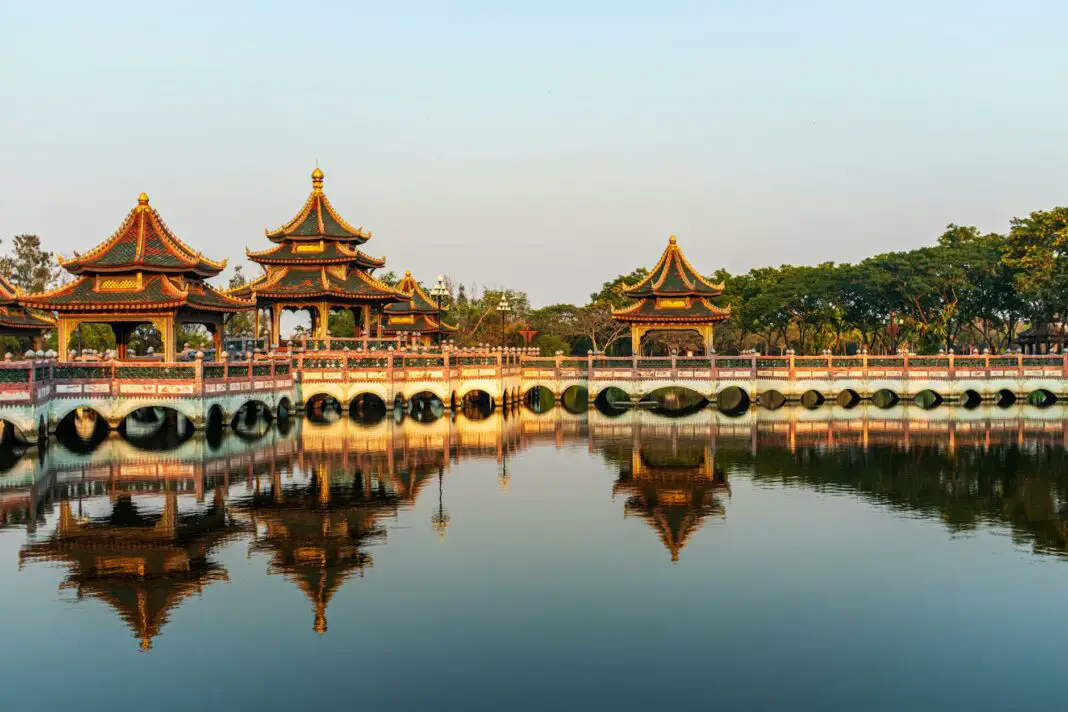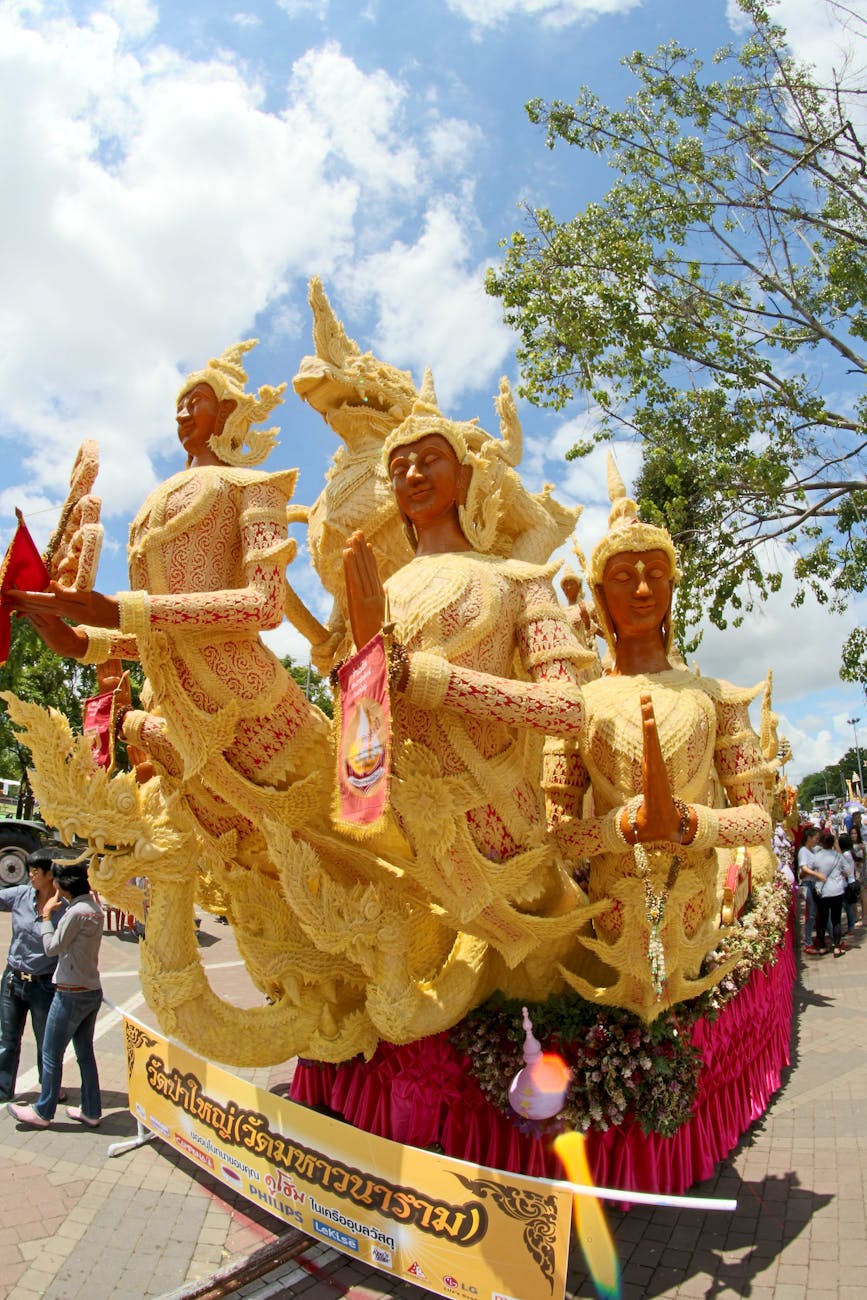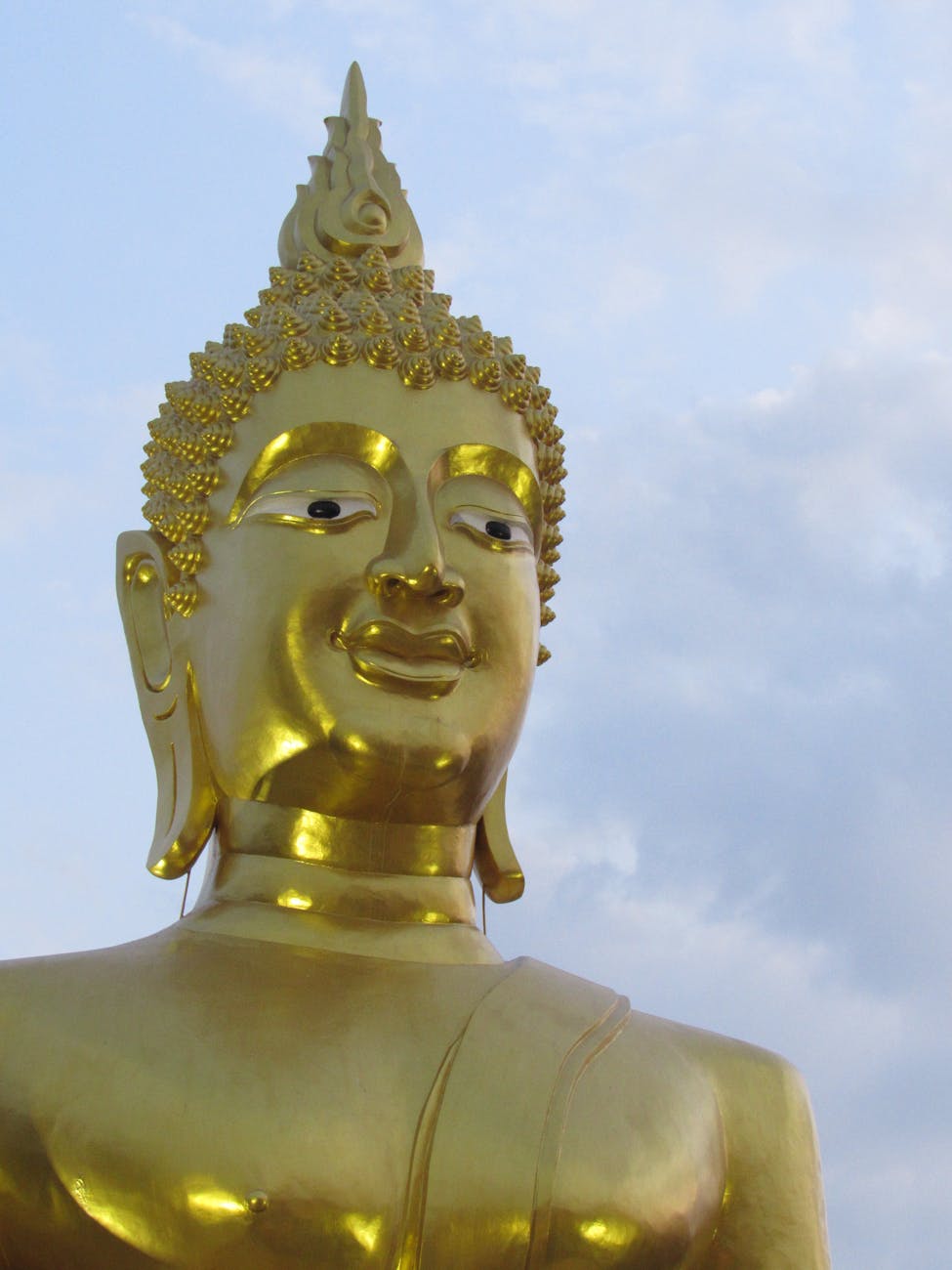Embarking on a trip to Thailand is like stepping into a vibrant tapestry woven with rich traditions, stunning landscapes, and captivating arts. Thai Decorative Arts stand out as a profound expression of the country’s cultural heritage, showcasing the craftsmanship and creativity that Thai artisans have honed over centuries. From intricately designed ceramics to exquisite silk textiles, the decorative arts scene in Thailand is a must-see treasure, seamlessly blending beauty with functionality. This blog post will dive deep into why experiencing these artistic expressions is essential for anyone visiting Thailand, highlighting the complexities that make them unique and a staple in Thai culture.
In this exploration, we will unravel the layers behind Thai Decorative Arts, discuss various forms you cannot afford to miss, and provide actionable insights to optimize your experience. Whether you are a cultural enthusiast or a casual traveler, understanding the importance of these arts will undoubtedly enhance your visit to this enchanting nation. Ready to uncover why Thai Decorative Arts are not just for aesthetic appreciation, but also a vital part of Thailand’s identity? Let’s dive into the artistry that is waiting for you.
Table of Contents
- History of Thai Arts
- Types of Thai Decorative Arts
- Importance of Thai Decorative Arts
- Prevailing Influences on Thai Arts
- Tips for Exploring Thai Decorative Arts
- A Culture Among Us
- FAQ
History of Thai Arts
To fully appreciate the beauty of Thai Decorative Arts, it is essential to understand their historical context. Thai art has evolved through various periods, influenced by the interplay of religion, trade, and cultural exchanges over centuries. Starting from the Ayutthaya Kingdom, where art flourished under royal patronage, to the Lanna Kingdom in the north, where indigenous techniques developed unique styles, each phase has contributed layers to the fabric of Thai culture. The arrival of Buddhism introduced themes of spirituality and nature, compelling artisans to create works that embodied deeper meanings while maintaining harmonious beauty.
As Western influences began to creep in during the 19th and 20th centuries, Thai decorative arts experienced a paradigm shift. Artists began to blend traditional motifs with modern aesthetics, ensuring the preservation of age-old techniques while adapting to contemporary tastes. This remarkable journey through history reveals not just art, but Siam’s transformation into modern Thailand—a nation that respects its roots while carving its path forward.
Types of Thai Decorative Arts
Thai Decorative Arts encompass a vast array of craft forms, each reflecting the intricate cultural narratives of Thailand. Notable among these are the vibrant Thai silk textiles, woven meticulously by skilled artisans in various regions. Thai silk is celebrated not only for its color and texture but also for the stories woven into each piece, often reflecting the local environment and heritage. Artisans utilize a traditional weaving technique that has been passed down through generations, making every fabric unique, precious, and worthy of admiration.
Another captivating form is ceramic art, particularly from the regions of Sukhothai and Bencharong. These ceramics are famed for their vibrant glazes and intricate designs, often adorned with floral patterns and motifs that connect the viewer to nature’s expansive beauty. Additionally, don’t miss the stunning wood carvings found in everything from furniture to temple decorations; they are not merely decorative but hold powerful cultural significance. Each piece represents the precision and commitment of Thai craftsmanship, making them indispensable highlights during your visit.
Importance of Thai Decorative Arts
Understanding the importance of Thai Decorative Arts extends beyond aesthetic appreciation; it embodies the very essence of Thai identity and culture. These arts serve as a means of storytelling, often chronicling historical events, religious beliefs, and the daily lives of the Thai people. Whether through the elegant lines of a silk robe or the vibrant colors of a painted urn, these art forms echo the sentiments of generations gone by. Engaging with this artistic expression allows visitors to connect deeply with the Thai way of life, enriching their travel experience exponentially.
Moreover, Thai Decorative Arts are vital for the country’s economy. The tourism industry thrives on these unique cultural offerings, as visitors flock to admire, purchase, and learn about local craftsmanship. Supporting local artisans ensures the preservation of these beautiful traditions for future generations. By choosing to explore and invest in Thai arts, travelers are not just observers; they become custodians of this extraordinary heritage.
Prevailing Influences on Thai Arts
The influences shaping Thai Decorative Arts are as diverse as Thailand itself. Religion, particularly Buddhism, plays a pivotal role, dictating the visual language and thematic choices in artworks. Temples adorned with elaborate carvings offer a striking representation of spirituality manifested through art. Additionally, trade routes established over centuries introduced new materials, techniques, and artistic ideologies, further enriching the Thai arts scene. As artists began to experiment with these influences, they blended traditional techniques with new ideas, creating pieces that are both groundbreaking and reverent to their origins.
Furthermore, globalization has had a profound impact, allowing Thai art to reach international audiences. Online platforms and exhibitions elevate Thai Decorative Arts beyond borders, making them accessible to global enthusiasts. This exchange not only elevates the profile of Thai craftsmanship but also encourages cross-cultural dialogues that inspire innovation in the arts. Consequently, the ongoing evolution of Thai Decorative Arts reflects a dynamic blend of tradition and modernity, appealing to both culturally curious travelers and art aficionados alike.
Tips for Exploring Thai Decorative Arts
Diving into Thai Decorative Arts can be an incredibly enriching experience; however, a few thoughtful tips can enhance your journey. Firstly, visit local markets and artisan villages rather than just tourist boutiques. In these authentic settings, you will find artisans at work, providing a glimpse into their techniques and stories that often remain untold elsewhere. Engaging with them personally can deepen your understanding and appreciation for their craft.
Secondly, attending cultural workshops can provide hands-on experience. Learning how to weave silk or paint ceramics not only allows you to take away a piece of Thai culture but also enriches your understanding of the labor and skill involved in each item. Finally, take the opportunity to visit art galleries and exhibitions dedicated to Thai crafts. These venues often showcase contemporary interpretations and innovations that breathe new life into traditional arts, thereby bridging the past and present in a captivating manner.
A Culture Among Us
Experiencing Thai Decorative Arts offers visitors a unique opportunity to delve deeper into Thailand’s rich cultural narrative. As you traverse through the dizzying sights and sounds of bustling markets, tranquil temples, and hidden art galleries, keep your eyes peeled for the skill and passion infused into every handcrafted artifact. The colorful textiles, intricate wood carvings, and exquisitely painted ceramics are not mere objects; they represent the heartbeat of Thailand’s cultural identity and collective memories. Observing these crafts reminds us that every piece holds a story, connecting us to the beliefs, dreams, and aspirations of the people who created them.
Engaging with these arts enables travelers to appreciate Thailand not just as a destination but as a living, breathing culture that thrives in expression and creativity. This experience transforms an ordinary trip into an extraordinary journey, navigating through layers of meaning and tradition. Ultimately, interacting with Thai Decorative Arts fosters a bond between the visitor and the cultural heritage, enriching the travel experience in immeasurable ways.
FAQ
What is the best time to visit Thailand for decorative arts?
The ideal time to explore Thai Decorative Arts is during the cool season, from November to February, when many local festivals and exhibitions take place. This period also features less rainfall and pleasant temperatures, enhancing your travel experience.
Are there any specific regions in Thailand known for decorative arts?
Yes, specific regions such as Chiang Mai are often highlighted for their handcrafted goods, including textiles and ceramics. Additionally, Ayutthaya and Sukhothai are famous for their historical arts, where you can witness outstanding craftsmanship in traditional settings.
Can you participate in workshops for Thai arts?
Absolutely! Many local artisans offer workshops where visitors can learn traditional crafts, such as silk weaving or pottery. Participating in these sessions adds a personal touch to your journey and creates lasting memories.
Final Thoughts on Enriching Your Thai Experience
Experiencing Thai Decorative Arts is not merely an activity to check off your travel list; it is a profound engagement with the culture that celebrates craftsmanship centuries in the making. The fusion of tradition and modernity underlines the dynamic spirit that encapsulates Thailand today. By taking the initiative to immerse yourself in these artistic wonders, you not only enrich your travel narrative but also empower local artisans, preserving their crafts for future generations. Next time you plan a trip to Thailand, remember to delve into the vibrant world of Thai Decorative Arts—it promises to be an unforgettable adventure that will resonate long after your return home.
Image Credit: Pexels





